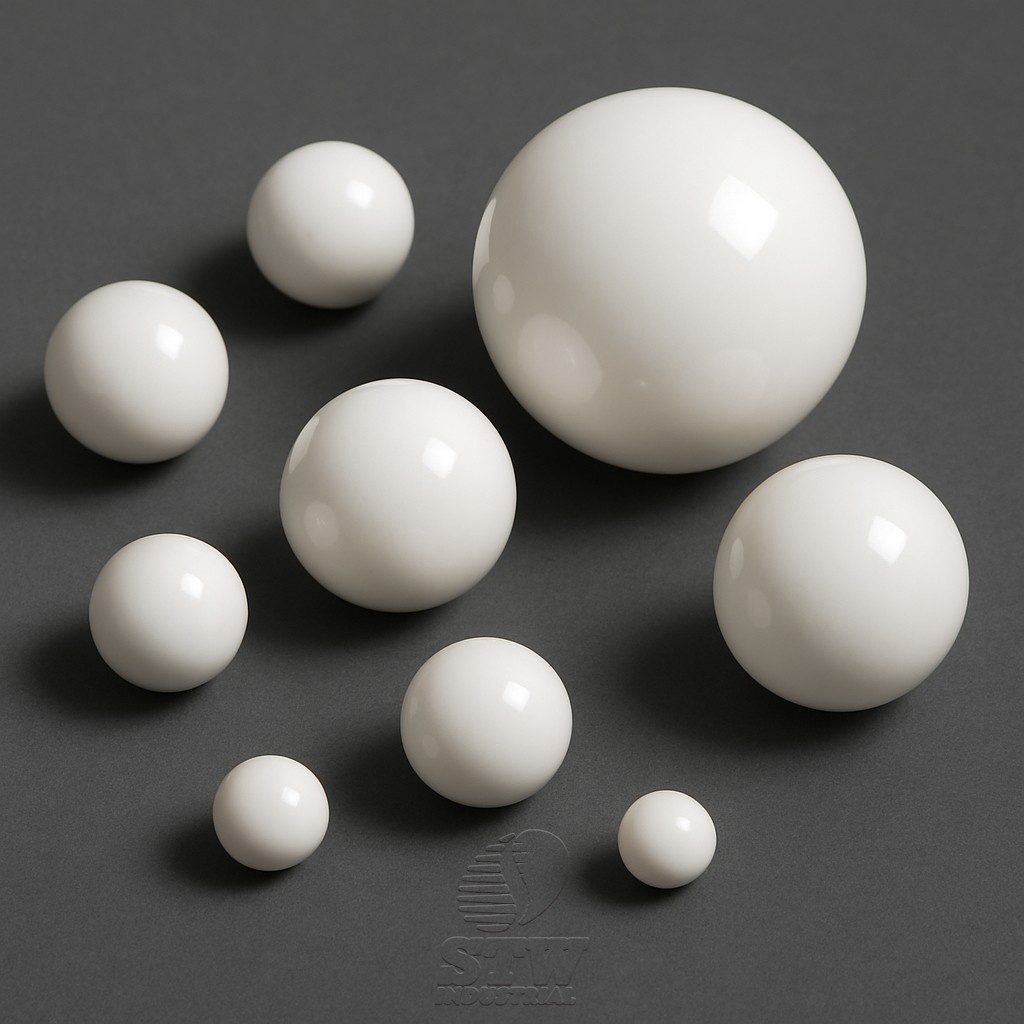
 Home > News
Home > News
Ceramic balls are widely used in industries such as aerospace, precision bearings, chemical valves, and electronics due to their high hardness, low weight, and excellent corrosion resistance. But can they conduct electricity? Let’s explore the electrical properties of ceramic balls.
1. Do Ceramic Balls Conduct Electricity?
In most cases, no.
Common ceramic materials—such as zirconia (ZrO₂), alumina (Al₂O₃), and silicon nitride (Si₃N₄)—are electrical insulators. Their stable atomic structure does not allow free movement of electrons, making them poor conductors of electricity.
2. Electrical Conductivity Comparison
Material | Type | Conductivity (S/m) | Conductive? |
Alumina (Al₂O₃) | Insulator | ~10⁻¹² | No |
Zirconia (ZrO₂) | Insulator | ~10⁻¹⁰ | No |
Silicon Nitride | Insulator | ~10⁻¹¹ | No |
Silicon Carbide | Semiconductor | ~10⁻² to 10² | Sometimes |
Boron Nitride | Insulator | <10⁻¹³ | No |
3. Why Don’t Ceramic Balls Conduct Electricity?
Ceramics are made of metal and non-metal elements bonded with strong ionic or covalent bonds. These bonds restrict free electrons, preventing electrical conductivity. Also, ceramic surfaces lack metallic coatings or conductive paths.
4. Are There Conductive Ceramic Balls?
Yes, but they are rare and expensive. Some ceramics like silicon carbide (SiC) or titanium carbide (TiC) can conduct electricity, especially when doped with specific metals. These are used in electronic sensors, induction equipment, and high-temperature environments.
5. Advantages of Being Non-Conductive
Ideal for high-voltage or electromagnetic environments
Prevent electrical corrosion in bearings
Ensure safe chemical operation without unwanted reactions
Reduce EMI (electromagnetic interference) in electronics
6. Application Examples
Precision bearings: Prevents electrical arcing damage
Medical devices: Non-magnetic and non-conductive
Chemical pumps: Insulates from charged fluids
Most ceramic balls are excellent insulators. While they don’t conduct electricity, their electrical resistance makes them perfect for specialized industrial applications where safety, stability, and insulation are essential.
View More(Total0)Comment Lists